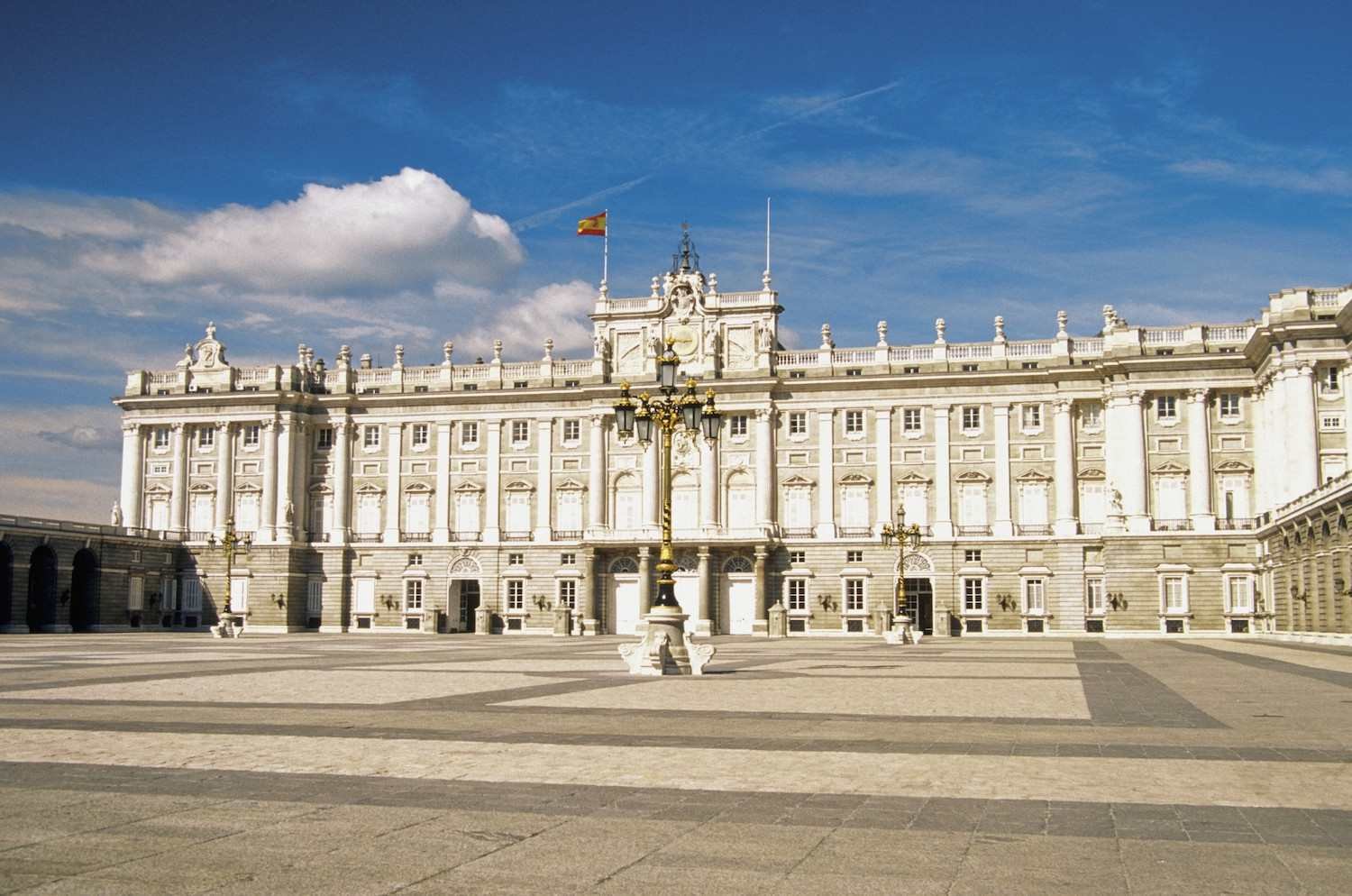 In a historic and unprecedented decision, Spain’s Ministry of Culture and Heritage announced today that two of Madrid’s most iconic landmarks — the Royal Palace of Madrid and the ancient Temple of Debod — will be relocated to new, environmentally stable sites in response to increasing structural concerns and long-term climate threats.
In a historic and unprecedented decision, Spain’s Ministry of Culture and Heritage announced today that two of Madrid’s most iconic landmarks — the Royal Palace of Madrid and the ancient Temple of Debod — will be relocated to new, environmentally stable sites in response to increasing structural concerns and long-term climate threats.
The announcement, made during a nationally televised press conference, sent shockwaves through Spain and the international community, marking the first time such monumental cultural institutions will be moved in their entirety.
“A Difficult, But Necessary Decision”
Minister of Culture, Carmen Ríos, described the decision as “agonizing but essential for the preservation of Spanish and global heritage.”
“Our responsibility is to protect the cultural treasures of our nation not just for the present generation, but for the ones yet to come,” Ríos stated. “After extensive evaluation and scientific study, it has become clear that both the Royal Palace and the Temple of Debod face escalating risks from structural instability, climate-related erosion, and shifting geological foundations.”
According to the Ministry, teams of engineers, historians, architects, and environmental scientists have been studying both sites for the last six years. Findings indicated accelerated weakening of underground support layers beneath the Royal Palace due to water infiltration, compounded by increased seismic sensitivity in the area.
In the case of the Temple of Debod, which was already disassembled and relocated once from Egypt in 1968, experts have raised alarm over long-term exposure to pollution and fluctuating weather patterns that threaten the integrity of its sandstone blocks.
Where Will They Go?
The Royal Palace of Madrid will be carefully deconstructed and moved to a newly constructed cultural complex just north of Madrid in San Sebastián de los Reyes. The new site, known as the Centro Patrimonial del Siglo XXI (21st Century Heritage Center), will serve as a fully accessible historical and cultural museum designed to host not only the palace but also future exhibitions.
The Temple of Debod, meanwhile, will be relocated to the Ciudad Histórica del Nilo, a newly designed open-air historical park in southern Córdoba. There, it will be surrounded by a recreated Nile-inspired landscape, more closely mirroring its original Egyptian setting.
“We believe these locations provide both environmental stability and educational value,” said architect Laura Mendieta, one of the lead designers overseeing the project. “This is preservation through innovation.”
Public Reaction: A Mix of Shock and Support
News of the relocation has stirred mixed emotions among locals and cultural figures. While some express sadness at the idea of these sites leaving their familiar places in central Madrid, others view the decision as a bold and necessary step toward conservation.
“I can’t imagine walking through Madrid without seeing the palace at the end of Plaza de Oriente,” said lifelong resident Miguel Ferrer. “But I’d rather see it somewhere safe than watch it crumble before our eyes.”
Cultural historian Ana María Delgado added, “This may seem radical, but it’s consistent with the practices of ancient civilizations who moved monuments to protect them. We are doing what the Egyptians did decades ago — preserving identity and history.”
Tourism officials are already working to adapt to the changes, with digital experiences, augmented reality walkthroughs, and relocation documentaries set to be launched in tandem with the transition.
The Timeline and the Cost
The relocation project is expected to take place over the next seven years, with Phase 1 — the comprehensive digital documentation and architectural mapping — starting this summer. The estimated total cost for the dual relocation sits at €1.2 billion, funded through a combination of government investment, international cultural preservation grants, and public-private partnerships.
The Ministry confirmed that both the Royal Palace and the Temple of Debod will remain open to the public for another 18 months before beginning phased closures for preparation.
Global Significance
UNESCO has praised the move, calling it “an example of bold leadership in the face of mounting global challenges to cultural heritage.”
“This decision echoes a growing awareness that the world’s most treasured sites cannot always remain fixed in place if they are to survive the forces of time, nature, and human impact,” said Dr. Jean-Claude Marron, a UNESCO preservation specialist.
As Madrid prepares to say goodbye — at least physically — to two of its most iconic structures, the world watches with anticipation to see how Spain’s ambitious preservation project could shape the future of heritage conservation around the globe.